Here is how Traditional Knowledge in Vanuatu helps predict extreme weather by observing animals and plants
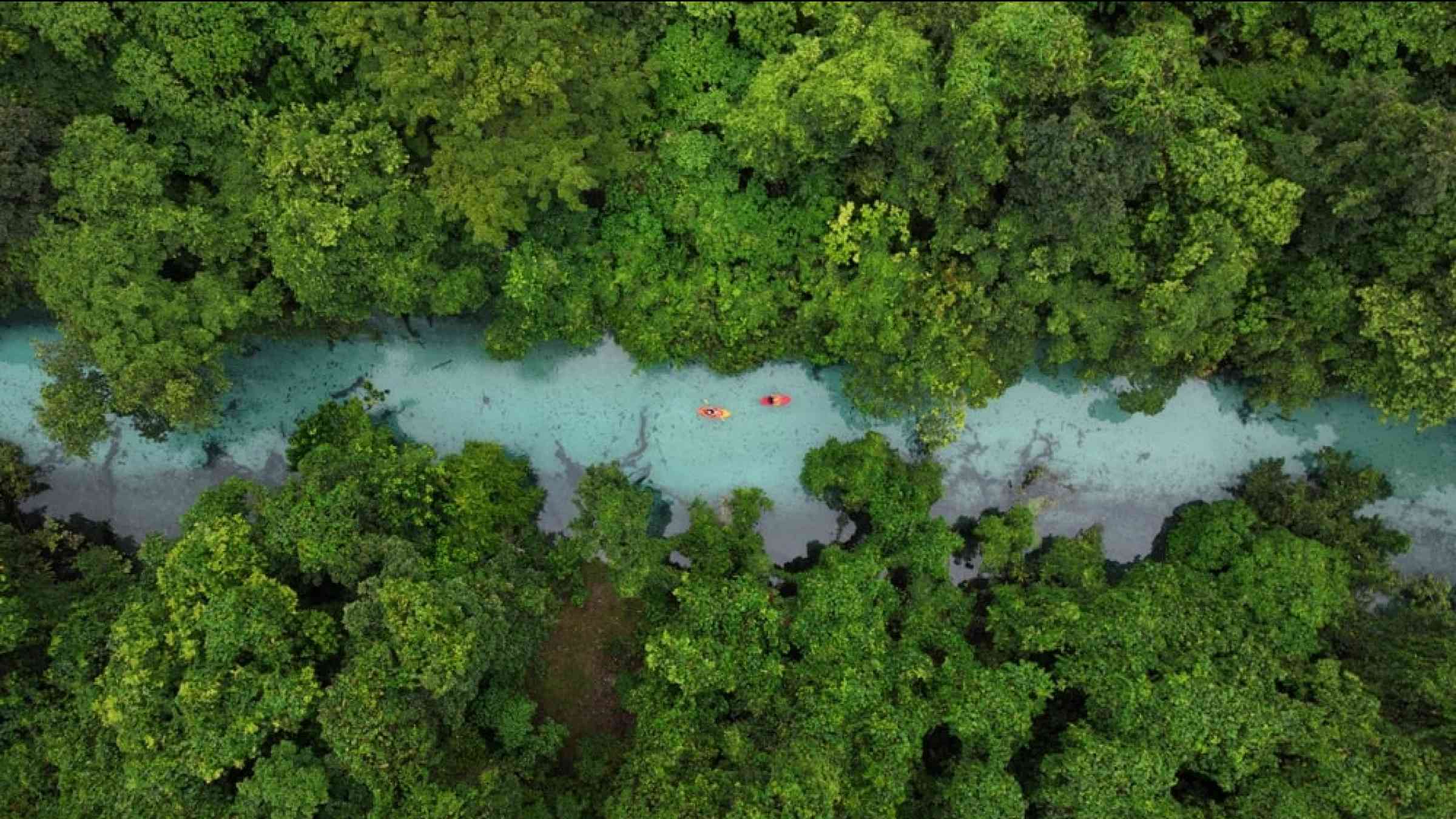
When will the cyclone season start? How active will it be? When should we expect the wet season? The ni-Vanuata people use Traditional Knowledge to help answer these questions and forecast climate events. This allows the communities to prepare for the upcoming seasons.
The indigenous communities of Vanuatu subsisted through the ages by integrating traditional forecasting knowledge into their preparations for upcoming extreme weather seasons - such as the cyclone, wet, or dry season. The ni-Vanuatu people have closely observed the behaviours of plants, animals, and meteorological and astronomical signs. It helps them predict seasonal futures and extreme weather events.
"Traditionally, the people of Vanuatu have relied on their ancestral wisdom to adapt to environmental changes and weather fluctuations,"
- Ms Moirah Matou, Project Manager of the Vanuatu Climate Information Services for Resilient Development Planning in Vanuatu (Van-KIRAP) executed by the Secretariat of the Pacific Regional Environment Programme (SPREP).
What is Traditional Knowledge and why is it important?
Traditional Knowledge is based on repeated observations, know-how, skills and practices that are developed, sustained, and passed between generations. It covers both indigenous and non-indigenous peoples and recognizes that knowledge can evolve over time. Generally, it refers to knowledge systems embedded in cultural traditions of regional, indigenous, or local communities.
Many local communities in Vanuatu make decisions based on weather and climate forecasts. This includes using traditional forecasting knowledge. Over time this knowledge has been eroded due, in part, to rapid urbanization and an emphasis on Western science. Despite these pressures, Traditional Knowledge remains highly valuable and relevant, particularly to remote communities that have minimal outside communication and traditional ways remain more relevant.
About the ni-Vanuatu
The Ni-Vanuatu have a rich cultural tradition that includes indigenous weather and climate forecasting knowledge based on the close observation of nature. Their ability to note significant changes in the natural environment has allowed generations of people living off the land to forecast and prepare for climate and weather events, such as cyclones and seasonal changes.
This knowledge is documented and shared so that it can be used in disaster risk reduction, particularly in remote and less accessible regions of Vanuatu. In addition, it serves as a national cultural resource.
Traditional Knowledge includes a wealth of wisdom about the seasons. Traditional ni-Vanuatu stories are rich with information on how climate influences different species' behavior in the lead up to cyclones, and wet and dry seasons:
When will the next cyclone come?
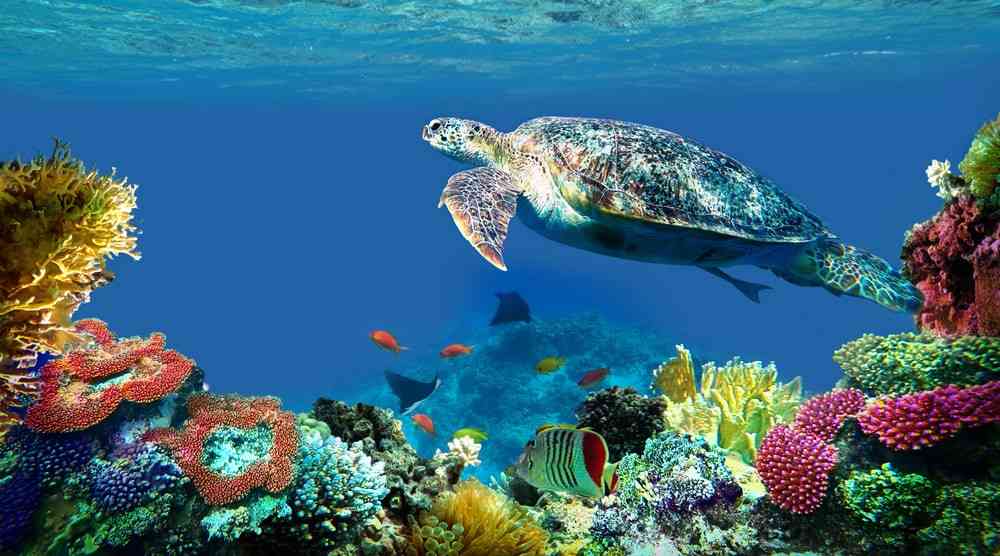
Turtles: The cyclone season is approaching
Turtles show a variety of signs that the cyclone season is approaching and can indicate when a cyclone is imminent. If the turtles' nesting area is far inland, it is a sign that the cyclone season is around the corner. When the turtles come ashore to lay their eggs in the sand, it is a sign that a cyclone is approaching. Their behaviour is built on protective instincts: a cyclone could disturb the turtles' eggs, so when the turtles sense its arrival, they hide their eggs in the sand. If they do their nesting in the bush further inland, that indicates a very strong cyclone: with rougher seas disturbing the beach, the turtles need to move further away to secure a safe nesting space.
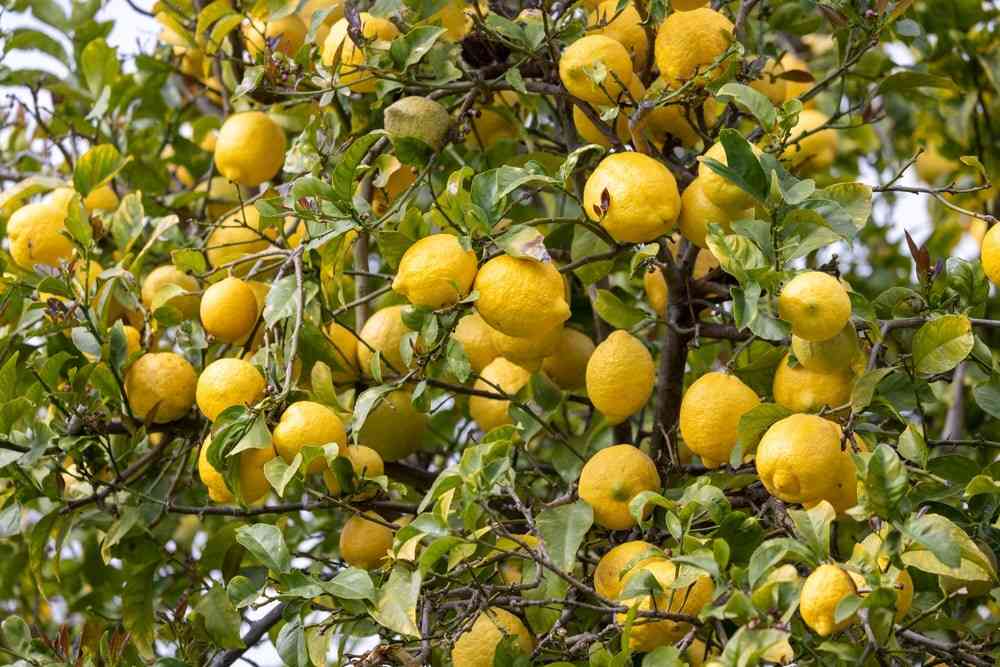
Mangos, mandarins and lemons: This will be an active cyclone season
Mango, mandarin and lemon trees provide the communities with delicious fruits. But they can also tell them something about the cyclone season: particularly abundant flowering and fruits provide a sign that the cyclone season is approaching and that it is going to be an active one. The more fruit, the stronger the cyclone.
This Traditional Knowledge is borne out by botanical research: Flowering is triggered by environmental conditions, including photoperiod, temperature, and plant-water stress. Fruiting and flowering are related to temperature. Water stress releases bud dormancy as well as inducing flowering.
When will the wet season start?
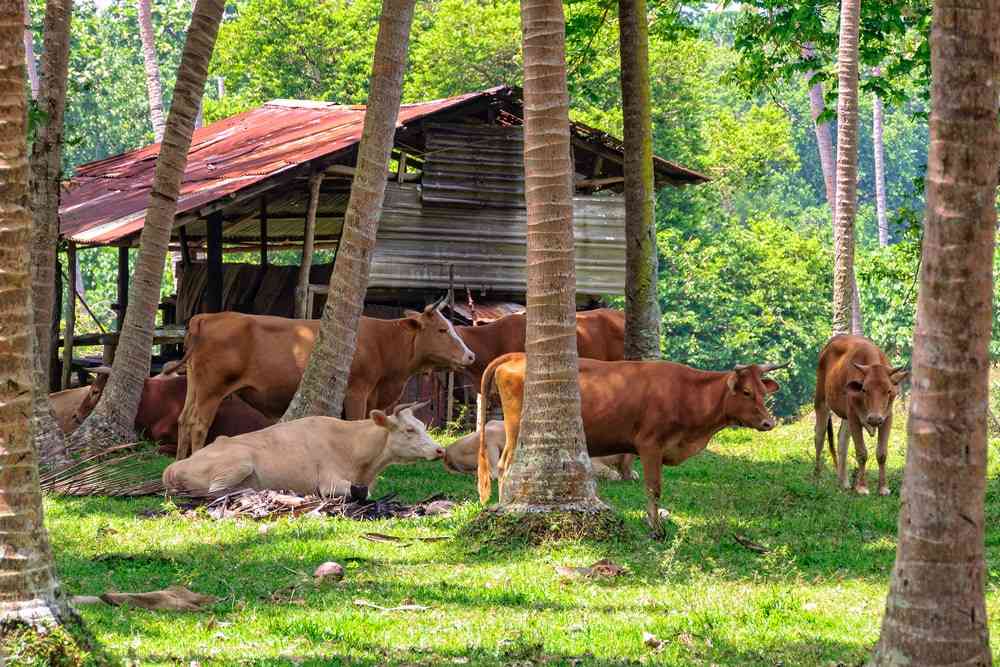
Excitable cows announce the wet season
Cattle were originally introduced to Vanuatu to help keep the grass short in coconut plantations. But they can also show signs of the wet season approaching. When the cattle start jumping, getting excited or agitated, it is a sign that the wet season is approaching. Warm-weather fronts, with low air pressure, can cause frustration and restlessness in cattle who perceive the drop in air pressure and increase in temperature and humidity.
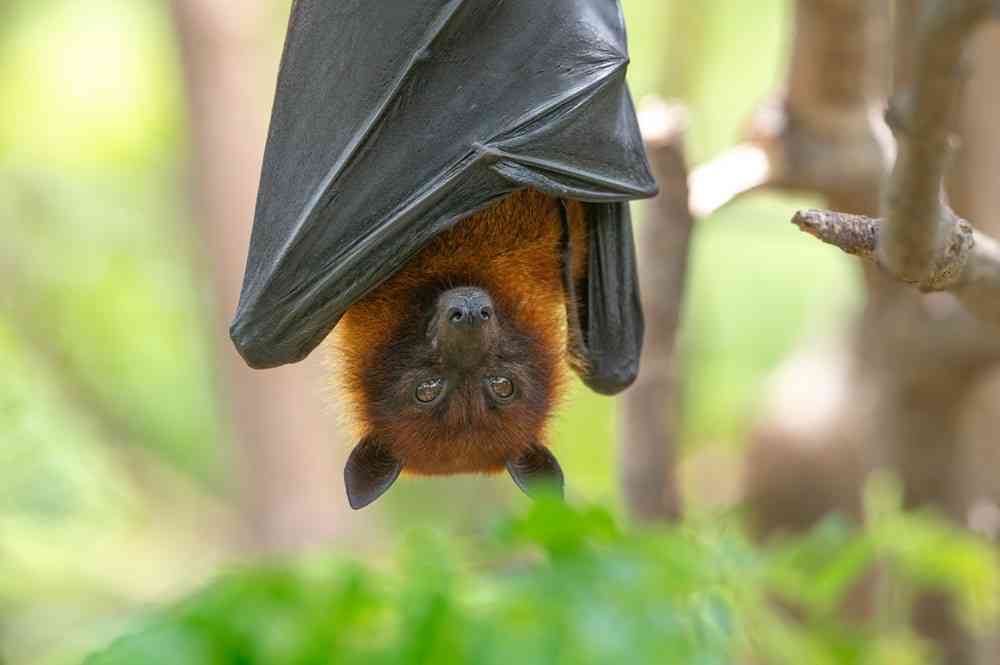
Active bats mean rain will fall in a few hours
Increases in temperature and air pressure increase bat activity. Temperature and humidity reach their highest annual levels before the tropical wet season, when rainstorms begin. The abrupt changes in weather conditions at this time of year may trigger an increase in bat activity. Warm nights also correspond to more bat activity, which peaks during dark periods when the moon is less visible. Cloud cover associated with approaching rainfall can influence the darkness level, thus increasing bat activity.
When will the dry season begin?
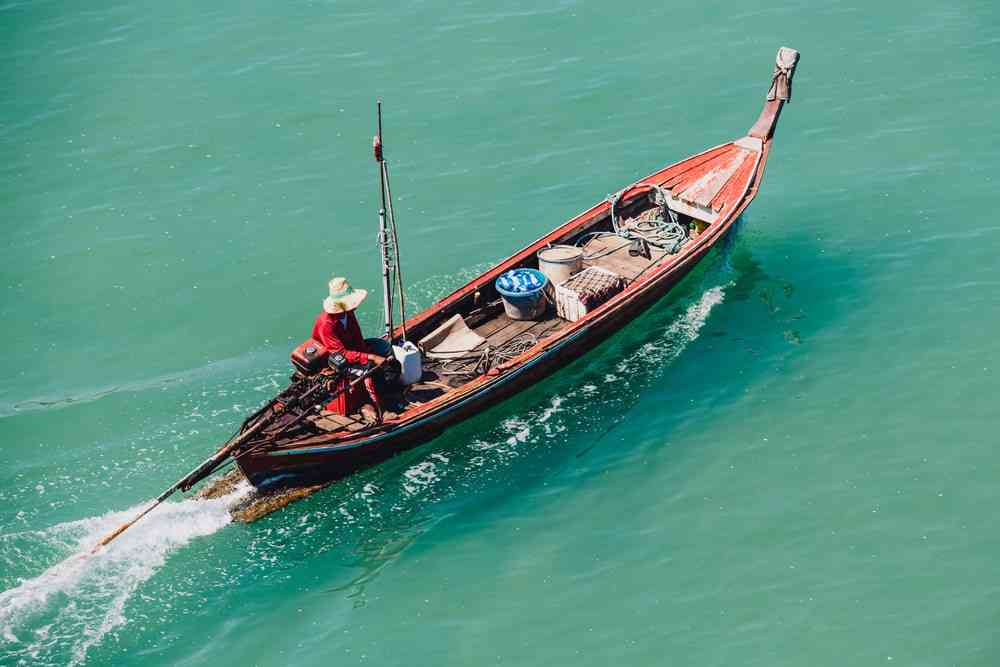
The arrival of mackerel signals the start of the dry season
The presence of manguru - the local name for mackerel - at the seashore indicates that the dry season has commenced. When the manguru, a fish that lives in the deep sea, comes near the seashore, people say that the sea will be hot and the dry season will be long. The seasonal migration of fish species is linked to ocean temperatures and conditions. The presence of manguru near the coast is associated with warmer ocean temperatures and reduced salinity, which is typical during the dry season.
Conclusion
Traditional Knowledge in Vanuatu plays a crucial role in predicting extreme weather by closely observing the behaviors of animals and plants. This ancient wisdom, passed down through generations, enables ni-Vanuatu communities to forecast and prepare for seasonal changes, such as cyclones, wet seasons, and dry seasons. By paying attention to cues from turtles, mango trees, cows, bats, and mackerel, these communities can anticipate weather patterns and take necessary precautions. Despite the pressures of modernization, this knowledge remains vital, especially in remote areas where traditional methods are still relevant. The integration of Traditional Knowledge with contemporary practices continues to enhance disaster preparedness and resilience in Vanuatu.
About the "Vanuatu Traditional Knowledge: National indicator booklet"
These are just a taste of the many examples provided in this booklet, which contains a record of common weather and climate Traditional Knowledge indicators of animals, plants, and astronomical phenomena from around Vanuatu.